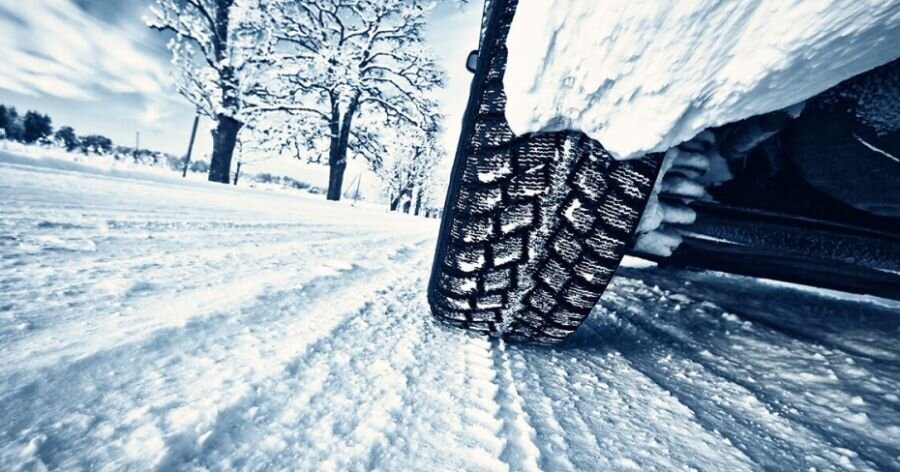How to choose the right winter tires
By: Nelson Smith on October 12, 2016
Winter is coming, which means hockey season, six layers before we go outside, and for many drivers, switching over from summer tires to winter tires.
How can you go about choosing the right winter tires for your car? Let’s take a closer look.
Do you even need winter tires?
According to most tire technicians, you’d be crazy to go without winter tires.
Many folks choose to keep using their all-season tires all year long, even in the winter. They might agree winter tires are better, but argue they’ll do fine with their all-season tires. After all, they’re called all-season for a reason.
There are two ways all-season tires can fail you during the winter. The obvious one is when it snows. Winter tires have deeper grooves and softer rubber specifically designed to grip better in the snow and ice.
The other reason for getting snow tires is their ability to grip the road when it’s really cold. The difference between the harder rubber of all-season tires and the softer rubber of winter tires can even affect grip on dry roads when the temperature really dips in December or January. Add the two variables together, and it’s pretty obvious the advantage winter tires bring for the whole season.
Can you get by with two?
Many people don’t spring for four winter tires, choosing instead to put two on either the front or the back, depending on if they have a front-wheel or a rear-wheel drive vehicle. This gives them a little extra grip when they accelerate.
However, most tire experts feel this is a bad idea. By putting different tires on each axle, you’re creating a car that has two different sets of tires that grip differently. This creates all sorts of handling problems. If anything, it makes the car harder to drive.
Choosing snow tires
There are a few variables to consider when choosing the right winter tires.
The first is obviously size. You need to choose the right size of tires for your car.
The next choice is deciding whether you’ll buy an extra set of wheels. If you do buy an extra set of wheels, it’ll be more expensive in the beginning, but you’ll save your mechanic time when they swap your summer and winter tires. You can even do the swapping yourself, but you’ll likely have to go in for a wheel alignment after.
When choosing a set of wheels for the winter, you can either choose aluminum or steel. Most tire guys recommend steel because of its weight, which will help with handling. Keep in mind that heavier tires will use more gas, but steel wheels are much cheaper than aluminum wheels. They’re also much uglier.
As for a brand, most technicians recommend sticking with a known brand, even if it costs a little more. Many of the leading tire shops will have sales leading up to winter in an attempt to drive business, which is a good place to start. Be sure to consult your owner's’ manual to see what it recommends, too.
And if you don’t have anywhere to store your winter (or summer) tires while the other set is on your car, don’t sweat it. Chances are the auto shop that does the switch for you can store them for a reasonable cost.
Finally, we get to cost. For a small sedan with regular-sized tires, expect to pay $500 or so for a decent set of winter tires, more if you spring for new wheels. Trucks or vehicles with specialty tires will cost more.
Conclusion
Getting winter tires is just a good idea. The last thing you want is to hurt yourself or somebody else by cheaping out. Make the switch now before winter comes and you’re forced to drive without them.


